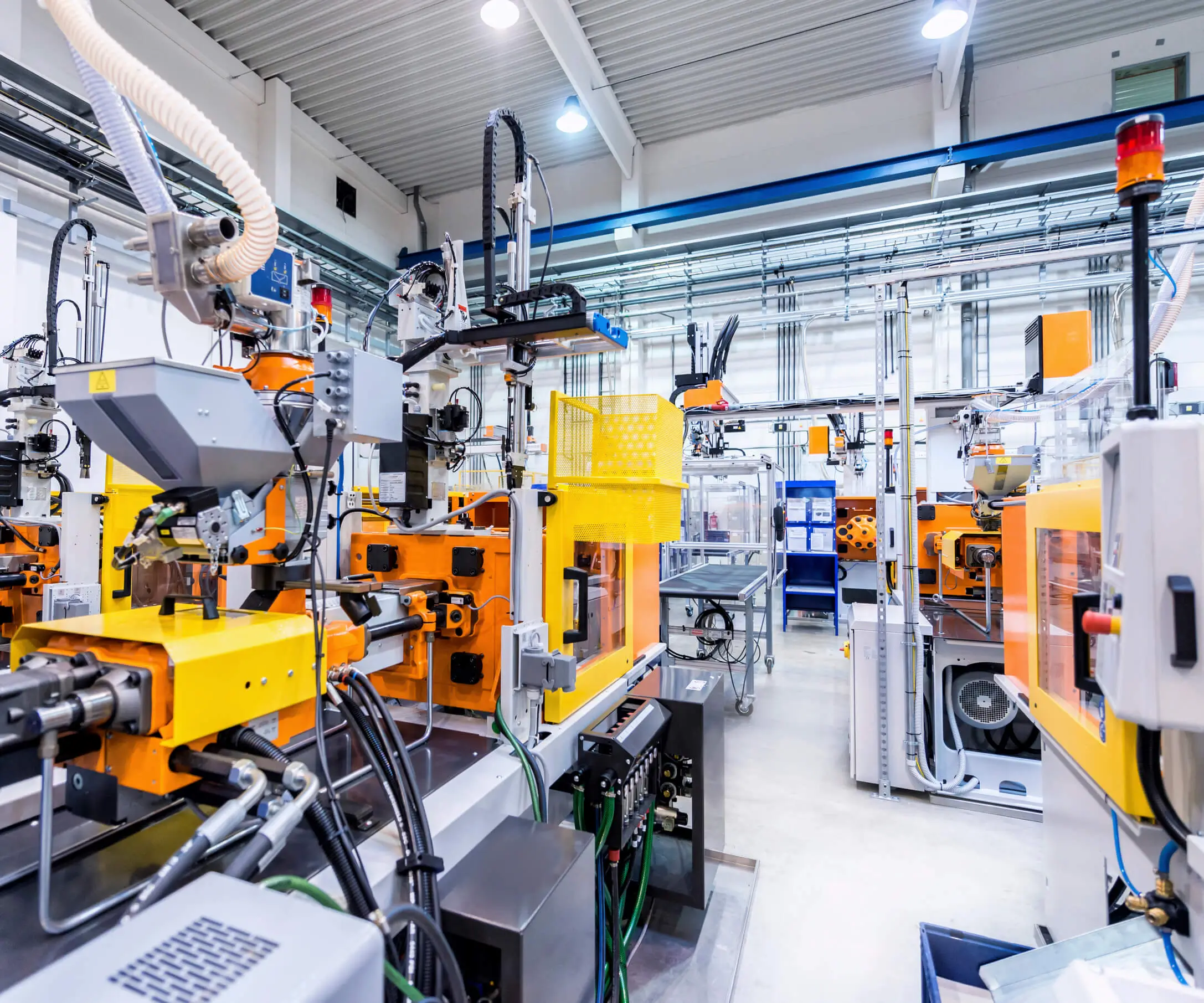Ever try to decide between a brushless motor and a brushed one? It’s not just about shiny parts and fancy specs; it’s a game of performance, longevity, and the little things that add up. Imagine you're building a DIY drone or upgrading a RC car—what’s the smarter choice? Let’s dig into the differences that matter.

Brush motors have been around forever. They’re like the classic cars of the motor world. Simple, reliable, and inexpensive. You balance them on a budget, and they do the job—no fuss. But, here's the thing: they come with a bit of wear and tear. The brushes and commutator are like the brakes in a busy city—they need regular maintenance. Over time, they'll wear out, cause more heat, and lose efficiency. Plus, if rapid acceleration and high speeds are your thing, brushed motors might show their age quick.
Enter the brushless motor. Think of it as the sleek, modern athlete of the motor scene. No brushes to wear down, no sparking, just pure rotational force. They run cooler and quieter, meaning fewer breakdowns and more consistent performance. If you’re into racing drones or high-end electric bikes, these are practically the gold standard. But, they’re more complex internally—more sophisticated electronics, sensors, and controllers. That means initial costs tend to be higher, and setting them up can sometimes feel like solving a mini puzzle.
Now, some quick-fire questions. Why would anyone still go with brushed motors? Well, budget is a big factor. For simple projects or beginners, they’re easy on the wallet. Plus, they’re straightforward—plug and play in many cases. But if longevity and efficiency are your goals, brushless is the way to go. They’re like investing in a long-term partnership rather than a one-night stand.
Another thought—what about maintenance? Brushed motors need their brushes replaced after a while, and frequent cleaning can be annoying. Brushless motors, with their sealed design, almost forget what maintenance feels like. They just keep spinning, smoother and cooler.
Performance-wise: if someone’s chasing maximum speed or endurance, brushless motors shine. They tend to give more power with less energy waste, which is critical in competitive scenarios. The trade-off? A steeper learning curve initially, and a bit more complexity to get everything running smoothly.
So, what's the bottom line? If you want simplicity and lower cost, go with brushed motors. But if you're aiming for durability, better efficiency, and premium performance, a brushless motor is the smart pick. It’s like choosing between a reliable old bike and a state-of-the-art electric scooter—depends on what you’re after.
In the end, it’s not just a choice between two tech pieces; it’s about matching the right motor to your project’s DNA. Whatever you pick, understanding these core differences makes all the difference. After all, good gear doesn’t just run; it transforms your whole experience.
Kpower has delivered professional drive system solutions to over 500 enterprise clients globally with products covering various fields such as Smart Home Systems, Automatic Electronics, Robotics, Precision Agriculture, Drones, and Industrial Automation.




































